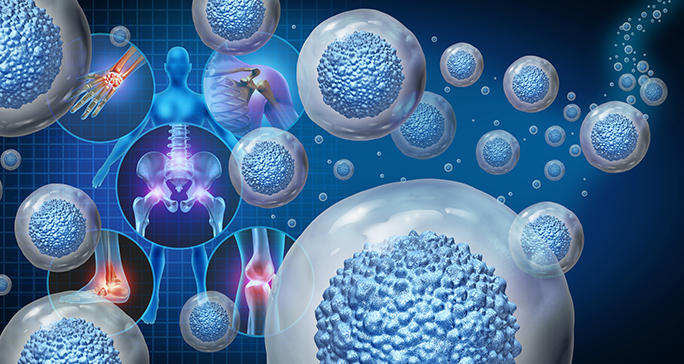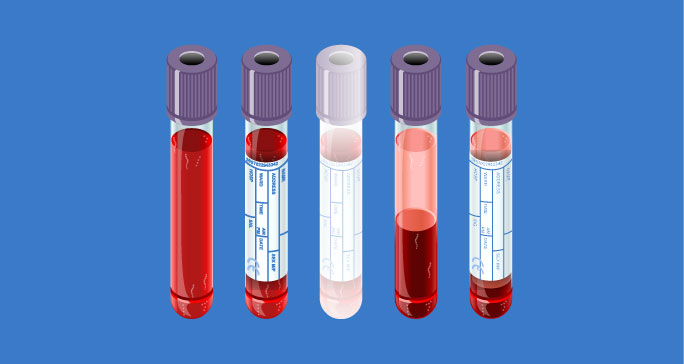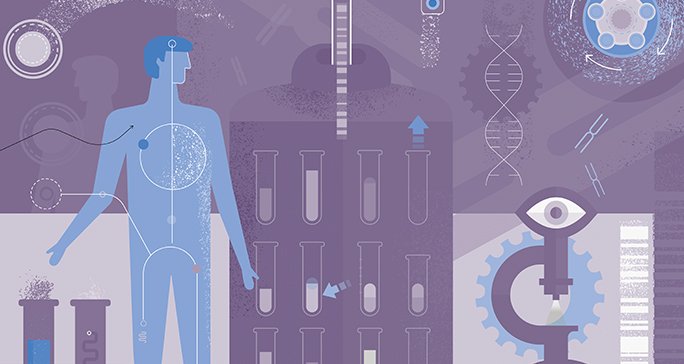- Diseases
- Acoustic Neuroma (14)
- Adrenal Gland Tumor (24)
- Anal Cancer (66)
- Anemia (2)
- Appendix Cancer (16)
- Bile Duct Cancer (28)
- Bladder Cancer (68)
- Brain Metastases (28)
- Brain Tumor (228)
- Breast Cancer (716)
- Breast Implant-Associated Anaplastic Large Cell Lymphoma (2)
- Cancer of Unknown Primary (4)
- Carcinoid Tumor (8)
- Cervical Cancer (154)
- Colon Cancer (164)
- Colorectal Cancer (110)
- Endocrine Tumor (4)
- Esophageal Cancer (42)
- Eye Cancer (36)
- Fallopian Tube Cancer (6)
- Germ Cell Tumor (4)
- Gestational Trophoblastic Disease (2)
- Head and Neck Cancer (6)
- Kidney Cancer (124)
- Leukemia (344)
- Liver Cancer (50)
- Lung Cancer (288)
- Lymphoma (284)
- Mesothelioma (14)
- Metastasis (30)
- Multiple Myeloma (98)
- Myelodysplastic Syndrome (60)
- Myeloproliferative Neoplasm (4)
- Neuroendocrine Tumors (16)
- Oral Cancer (100)
- Ovarian Cancer (170)
- Pancreatic Cancer (166)
- Parathyroid Disease (2)
- Penile Cancer (14)
- Pituitary Tumor (6)
- Prostate Cancer (144)
- Rectal Cancer (58)
- Renal Medullary Carcinoma (6)
- Salivary Gland Cancer (14)
- Sarcoma (236)
- Skin Cancer (294)
- Skull Base Tumors (56)
- Spinal Tumor (12)
- Stomach Cancer (60)
- Testicular Cancer (28)
- Throat Cancer (90)
- Thymoma (6)
- Thyroid Cancer (98)
- Tonsil Cancer (30)
- Uterine Cancer (78)
- Vaginal Cancer (14)
- Vulvar Cancer (18)
- Cancer Topic
- Adolescent and Young Adult Cancer Issues (20)
- Advance Care Planning (10)
- Biostatistics (2)
- Blood Donation (18)
- Bone Health (8)
- COVID-19 (362)
- Cancer Recurrence (120)
- Childhood Cancer Issues (120)
- Clinical Trials (622)
- Complementary Integrative Medicine (24)
- Cytogenetics (2)
- DNA Methylation (4)
- Diagnosis (226)
- Epigenetics (6)
- Fertility (62)
- Follow-up Guidelines (2)
- Health Disparities (14)
- Hereditary Cancer Syndromes (122)
- Immunology (18)
- Li-Fraumeni Syndrome (8)
- Mental Health (118)
- Molecular Diagnostics (8)
- Pain Management (64)
- Palliative Care (8)
- Pathology (10)
- Physical Therapy (18)
- Pregnancy (18)
- Prevention (888)
- Research (388)
- Second Opinion (74)
- Sexuality (16)
- Side Effects (602)
- Sleep Disorders (10)
- Stem Cell Transplantation Cellular Therapy (216)
- Support (404)
- Survivorship (322)
- Symptoms (186)
- Treatment (1770)
Richter transformation: What chronic lymphocytic leukemia (CLL) patients should know
3 minute read | Published April 01, 2024
Medically Reviewed | Last reviewed by an MD Anderson Cancer Center medical professional on April 01, 2024
Richter transformation, historically called Richter syndrome, can affect patients who have or have not been treated for chronic lymphocytic leukemia (CLL). In rare cases, it can occur in previously untreated patients with CLL.
Named after Maurice Richter, Ph.D., Richter transformation occurs when chronic lymphocytic leukemia changes into a more aggressive disease – usually diffuse large B-cell lymphoma or, much less commonly, Hodgkin lymphoma.
We spoke with CLL specialist William Wierda, M.D., Ph.D., to learn more about Richter transformation.
What are the symptoms of Richter transformation?
Patients usually experience the following symptoms simultaneously:
- Fever
- Rapidly enlarging lymph nodes
- Electrolyte abnormalities
- Fatigue
Keep in mind that the syndrome is rare. “Less than 10% to 20% of patients develop Richter transformation over the course of their disease,” says Wierda.
How is Richter transformation diagnosed?
If a chronic lymphocytic leukemia patient experiences symptoms of Richter transformation, their oncologist will order a PET-CT scan to look for changes to the size and metabolic activity of lymph nodes.
“In CLL, we can see large lymph nodes, but none of the lymph nodes will show high metabolic activity, reflected by a high SUV on the PET-CT scan,” explains Wierda. “In Richter, there is more metabolic activity in the lymph nodes, which can be seen on these scans and is used to direct the location for lymph node biopsy required to document the disease.”
Leukemia cells circulate in the blood, a simple blood draw can tell your doctor more information when they’re making a CLL diagnosis. If your doctor thinks you might have Richter transformation, they’ll biopsy lymph nodes. If the biopsy shows cells that are large and active, this indicates aggressive lymphoma.
What causes Richter transformation?
“The cause of Richter transformation is still not fully understood,” says Wierda. “Some patients have an increased risk of developing it if they have a mutated gene called NOTCH1 or they have multiple chromosomal abnormalities in the leukemia cells.”
Can the transformed disease be treated?
By the time they’re diagnosed with Richter transformation, many patients have already undergone prior treatment for CLL. For these patients, chemotherapy does not work as well to treat the transformed disease.
“At MD Anderson, the treatments we give for patients who have undergone Richter transformation are sometimes like standard lymphoma treatment. But we have a lot of clinical trials going on to explore other treatment options,” says Wierda.
Stem cell transplants have shown long-term results for Richter transformation.
“Our clinical trials are looking at the promise of CAR T cell therapy and a bispecific monoclonal antibody treatment,” says Wierda. “These trials are very important. Understanding Richter transformation is one of the biggest unmet needs for patients with CLL.”
Why is it important to go to a research hospital like MD Anderson for treatment for Richter transformation?
“Richter transformation can be challenging to treat,” says Wierda. “Because there is no standard treatment, patients who come to MD Anderson for treatment can access treatment options through research initiatives and clinical trials that may not otherwise be available to them.”
Request an appointment at MD Anderson online or call 1-833-623-2230.

Less than 10% to 20% of patients develop Richter transformation over the course of their disease.
William Wierda, M.D., Ph.D.
Physician & Researcher





